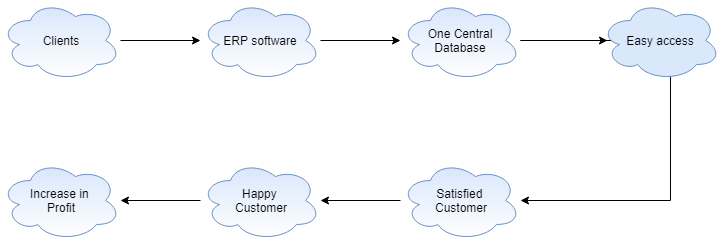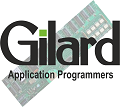ERP system might appear to be complex but that’s not true as ERP is a simple solution to one’s business and helps to organize the data quickly and properly. ERP software is considered an enterprise application, that is software specially designed for large businesses and requires dedicated teams to customize and analyze the data and handles updates.
ERP software and its vendors should be environment friendly. It is less complex and more user-friendly. ERP integrates various functions into one system and streamlines processes across the entire organisation. ERP has the power to manage all the processes of the business. It helps in production and process planning and better resource planning of the business.

ERP (Enterprise Resource Planning) has different types of architecture or tiers and can be classified into three categories. These architecture are flexible and scalable, and are easily customized according to the customers needs. The data is kept secure and easily accessible anytime and anywhere.
ERP system project helps decision makers to make decisions faster based on the information which is available to them easily, consistently and timely. ERP standardizes business processes and the data definitions into a integrated environment. A primary benefit of ERP is easier access to reliable, integrated information.
More important than the ERP name and international footage is the proximity, approach ability and the willingness of the ERP provider to work with you to find in depth solutions for your problems.
The knowledge strength, specially the Domain knowledge of the ERP provider is very crucial to your successful implementation of the ERP .
The ERP itself should have the following strengths:
- Functionally deep.
- Simple to use.
- Accessible from anywhere.
- Data secure.
- Quick to Implement.
- Easy to configure for specific needs.
- Helps companies to adopt best business practices.
ERP uses a database and variety of architecture to manage the organisation. ERP provides optimized solution to and covers implementation, consulting, operation and maintenance of enterprise users. They also provide technical support by providing solution to the problems of the customers.
ERP system project helps decision makers to make decisions faster based on the information which is available to them easily, consistently and timely. ERP standardizes business processes and the data definitions into a integrated environment. A primary benefit of ERP is easier access to reliable, integrated information.
More important than the ERP name and international footage is the proximity, approach ability and the willingness of the ERP provider to work with you to find in depth solutions for your problems.
The knowledge strength, specially the Domain knowledge of the ERP provider is very crucial to your successful implementation of the ERP .
The ERP itself should have the following strengths:
- Functionally deep.
- Simple to use.
- Accessible from anywhere.
- Data secure.
- Quick to Implement.
- Easy to configure for specific needs.
- Helps companies to adopt best business practices.
ERP uses a database and variety of architecture to manage the organisation. ERP provides optimized solution to and covers implementation, consulting, operation and maintenance of enterprise users. They also provide technical support by providing solution to the problems of the customers.
ERP and CRM systems
ERP is the full form for Enterprise Resource Planning system which is used to manage business activities of an organisation. ERP software helps to implement all the activities in an easy and automatize manner and also gives you a planned way of how to utilize the resources of the company. CRM is the full form for Customer Relationship Management and refers to the practices of analyzing and managing the customers interactions all the data of the customers is stored in ERP.
The various customer interactions can be recorded through ERP. These interactions can be phone calls, email, message or face to face interaction. The major benefits of ERP are customer satisfaction, better performance, quick action, time saving, high productivity and inventory control.
The work of ERP and CRM systems can be done by the G.A.P OSM software as it helps to manage both the logistics as well as non-logistics part of the organisation. The main components of OSM are-
- Accounting
- Manufacturing and Distribution
- CRM
- Human Resource with Payroll features
- Stock and Sales figures
